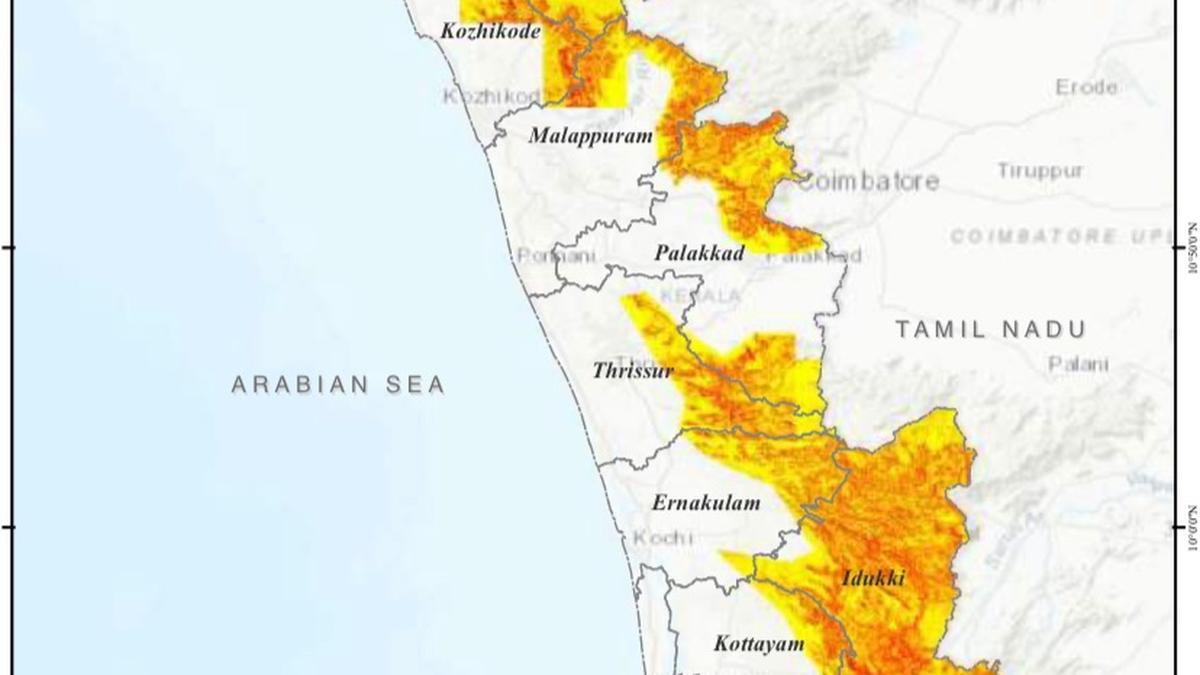Now Reading: Updated Orange Book Recommends Building Restrictions in Landslip-Prone Areas After 2018 Floods
-
01
Updated Orange Book Recommends Building Restrictions in Landslip-Prone Areas After 2018 Floods
Updated Orange Book Recommends Building Restrictions in Landslip-Prone Areas After 2018 Floods

Quick Summary
- The Kerala State Disaster Management Authority (KSDMA) issued the updated Orange Book 2025, detailing monsoon preparedness and disaster-response guidelines for state and central agencies.
- The major update is the adoption of a new landslide-hazard susceptibility map created by the Geological Survey of India (GSI), replacing the older map published in 2010 by the National Center for Earth Science Studies (NCESS).
- GSI’s map classifies landslide-prone zones into three categories: high-, moderate-, and low-hazard zones. District Disaster Management Authorities now have enhanced powers to restrict construction activities in these zones during extreme weather events or red/orange alerts.
- Construction permits will not be granted for areas wiht a history of landslides, particularly during the monsoon period of 2018. Residents in vulnerable buildings will be advised to evacuate during heavy rains annually, with families encouraged to shift permanently to safer locations.
- Additional departments, such as Scheduled tribes advancement, are now included under disaster management protocols detailed in the Orange Book. Compliance is expected from all relevant agencies before each southwest monsoon season.
Indian Opinion Analysis
the issuance of Kerala’s updated Orange Book 2025 marks a notable step towards strengthening disaster management ahead of annual monsoons, which increasingly pose threats due to climate change-induced weather patterns.Replacing outdated maps with GSI’s scientifically advanced hazard assessments enhances precision in identifying vulnerable regions and aligns protocols more closely with national standards.The categorization into high-, moderate-, and low-risk zones introduces stricter measures on construction activities that may exacerbate risks or endanger lives-this demonstrates a proactive approach by authorities toward sustainable development planning amid natural hazards. Additionally, extending coverage under disaster protocols to include new departments like Scheduled Tribes reflects an effort toward inclusivity while addressing vulnerability among marginalized communities.implementation challenges remain regarding enforcement at district levels and persuading affected families toward permanent relocation from unsafe areas-a necessary yet socially sensitive process requiring sustained community engagement alongside strict adherence to scientific guidance.
























